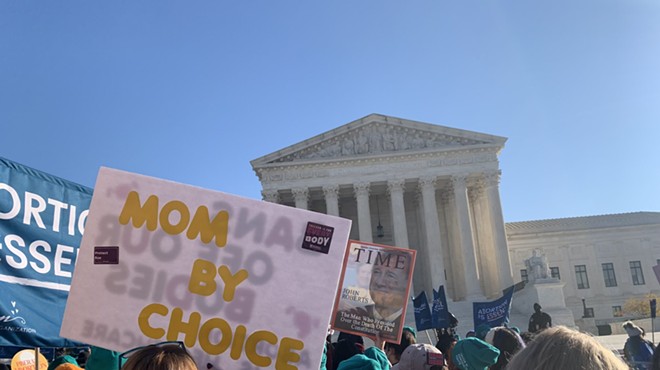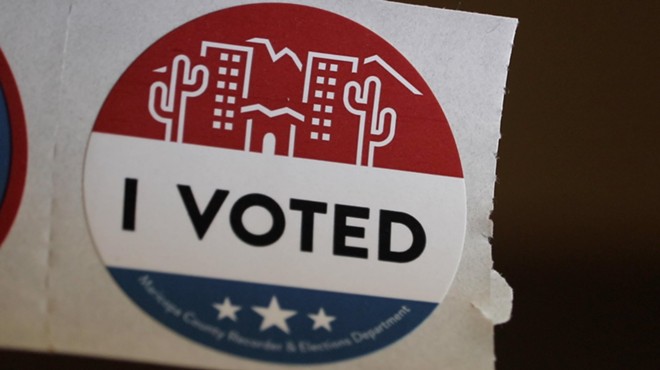Wednesday, June 22, 2016
National Education Policy Center: Class Size and Money Both Matter in Education
The National Education Policy Center (NEPC), out of the School of Education at the University of Colorado, Boulder, just put out two short research papers that conclude, class size matters, and money in education matters. I believe the papers are right on both counts, but as always when I site research, whether I agree or not, I have to add that no conclusions in education research are conclusive. Education has so many moving parts, it's impossible to create perfect control groups or isolated variables. That being said . . .
The class size reduction study looks at data and research dating back to 1979, including the much-discussed Tennessee STAR (Student/Teacher Achievement Ratio) study where elementary students in a number of schools were randomly assigned to small classes of 13-15 students and larger classes of up to 25 students. According to the author,
According to one researcher, the improvements are both significant and cost effective.
The research paper discussing the importance of money in education is linked to the class size study, since increased funding usually leads to smaller class sizes. One group of researchers found especially strong correlation between funding and achievement.
(I should add, to save commenters the trouble, that in recent scores on the national NAEP tests, most states' scores fell while many Arizona scores remained stable or increased. Given Arizona's low education budget and high class sizes, that seems to give the lie to the conclusions I've noted. It's definitely something worth looking at, though one set of scores don't necessarily indicate a trend, and Arizona's changing demographics need to be considered to see how they contributed to the scores. I'm sure people will be looking at the next few rounds of NAEP testing to see if the Arizona trend holds up and if so, what it means.)
The class size reduction study looks at data and research dating back to 1979, including the much-discussed Tennessee STAR (Student/Teacher Achievement Ratio) study where elementary students in a number of schools were randomly assigned to small classes of 13-15 students and larger classes of up to 25 students. According to the author,
The smaller classes performed substantially better by the end of second grade in test scores, grades, and fewer disciplinary referrals.The finding that small class sizes most benefit poor and minority students isn't surprising. Students who are less likely to succeed in school due to socioeconomic factors are more likely to benefit from increased academic and emotional attention from teachers than students who have stronger economic and educational support systems in their homes and communities.
The gains lasted. The students that had been assigned to smaller classes were more likely to graduate in four years, more likely to go to college, and more likely to get a degree in a STEM field. The positive effect was twice as large for poor and minority students, and thus narrowed the achievement gap.
According to one researcher, the improvements are both significant and cost effective.
[Alan] Krueger noted, as have many others, that class size reduction most benefits minority and disadvantaged students, and would be expected to narrow the racial achievement gap by about one-third. He also estimated that the economic gains of smaller classes in the early grades outweighed the costs two to one.Class size in upper grades haven't been studied as closely as in the lower grades, but indications are that smaller classes lead to short term and long term gains there as well.
The research paper discussing the importance of money in education is linked to the class size study, since increased funding usually leads to smaller class sizes. One group of researchers found especially strong correlation between funding and achievement.
[The researchers examined] data in 28 states that had implemented finance reforms between 1970 and 2010. In addition to measuring short-term outcomes, they followed up on long-term outcomes in students’ lives. The results were significant and meaningful. A 20% "increase in per-pupil spending each year for all 12 years of public school leads to 0.9 more completed years of education, 25 percent higher earnings, and a 20 percentage-point reduction in the annual incidence of adult poverty." The gains were achieved primarily by lower student-to-teacher ratios, increases in teacher salaries, and longer school years. Gains were strongest for economically deprived children and were strong enough to eliminate from two-thirds to all of the adult outcome gaps between those raised in poor and non-poor families.Other studies by other researchers have found less correlation between class size, money and achievement than the studies emphasized in these two reports, though the report says those studies tend to lump together good and bad data as well as good and bad studies, which muddies their results. But even the class size/money nay-sayers don't deny that class size and money have a positive effect. They just say it's minimal, not enough to justify the expense.
(I should add, to save commenters the trouble, that in recent scores on the national NAEP tests, most states' scores fell while many Arizona scores remained stable or increased. Given Arizona's low education budget and high class sizes, that seems to give the lie to the conclusions I've noted. It's definitely something worth looking at, though one set of scores don't necessarily indicate a trend, and Arizona's changing demographics need to be considered to see how they contributed to the scores. I'm sure people will be looking at the next few rounds of NAEP testing to see if the Arizona trend holds up and if so, what it means.)
Tags: National Education Policy Center , Class size , Money in education , Tennessee STAR study , NAEP













